Product Details:
Condition: New
Place of Origin: Guangdong, China (Mainland)
Brand Name: WONYO
Model Number: ES5
Type: Flat Embroidery Machine
Operation: Computerized
Head Number: Single Head
Needle Number: 1
Worktable Size: 110*110mm, 240*110mm
Head Interval: 110mm
Embroidery Area: 110*110mm,240*110mm
Overall Dimensions: 515*380*405mm
Certification: CE
After-sales Service: Provided Engineers available to serve machinery overseas
Large memory capability: 2, 000, 000 stitches
Weight: 10kgs
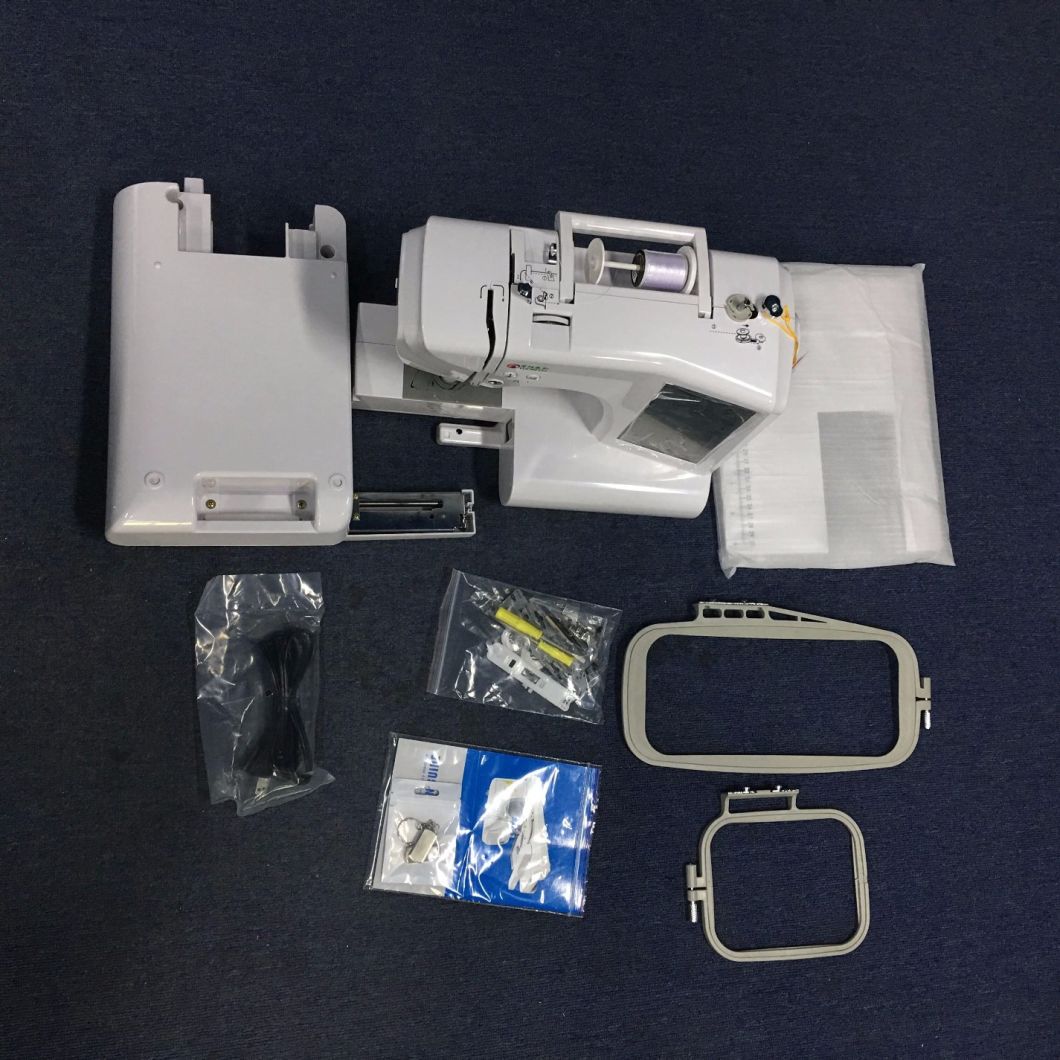
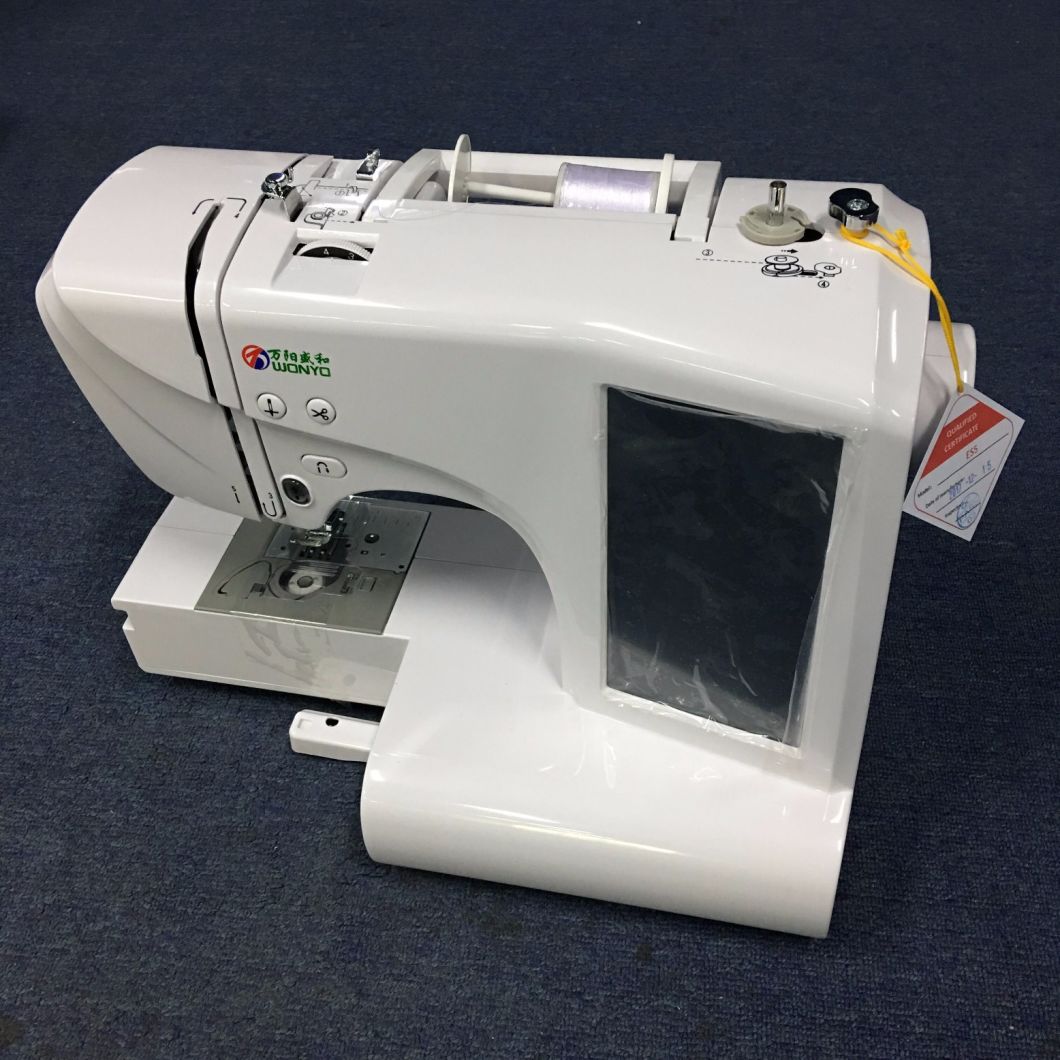
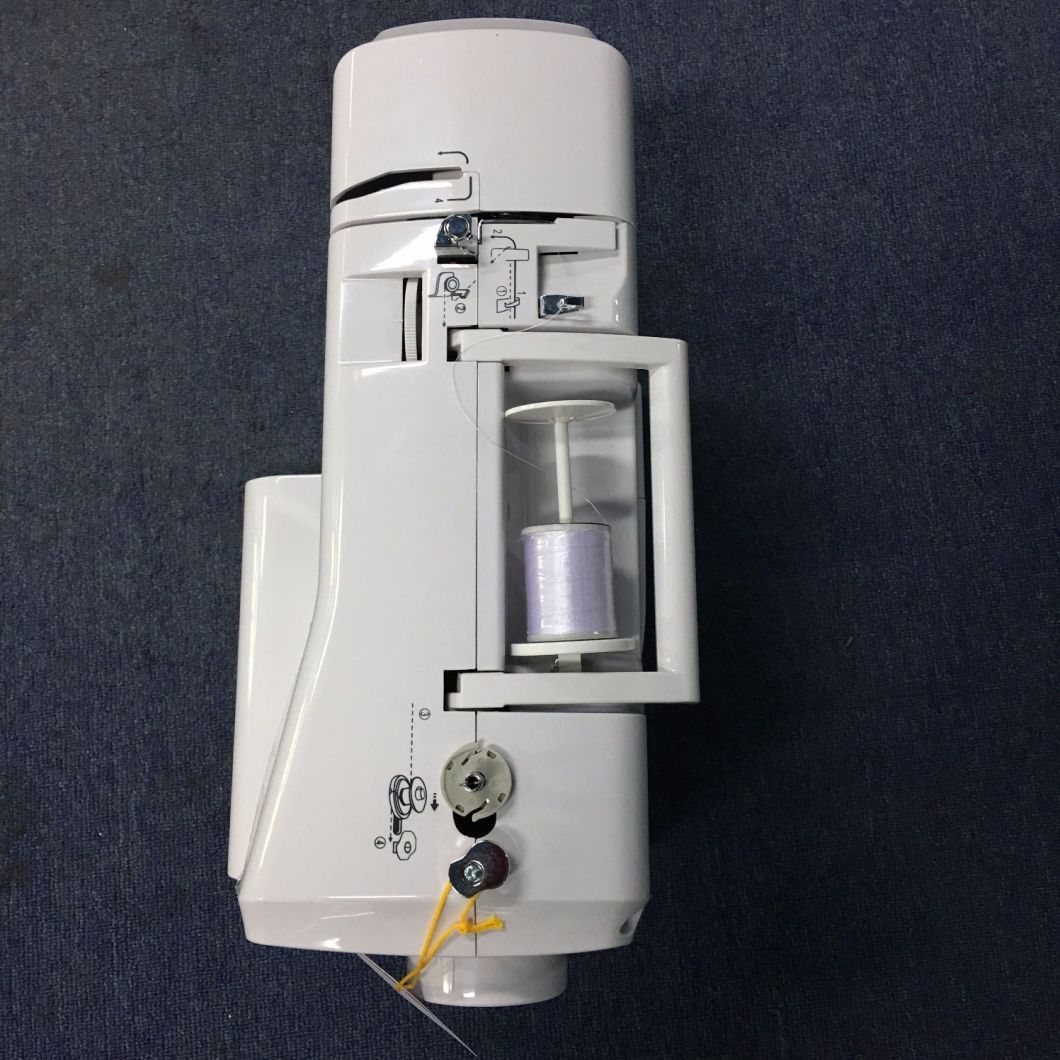
Product Description
A. Function: With 55 seam patterns and Embroidery function
B. Speed: 850RMP(Sewing), 650RPM(Embroidery)
C. Auto-threading function: Machine could be threaded automatically at one time.
D. With super easy large touch-screen LCD.
E. Max Sewing range: 7.0mm Max feeding range: 4.0mm
F. With optional presser-foot, could do all kinds of decoration seams.
Basic Function
1. Memory capability: 2,000,000 stitches, with USB connection
2. Large Touch-screen LCD.
3. With Auto thread-broken inspection, Auto thread-winding, Auto-trimmer, back-sewing and manual speed adjustment function.
4. Trouble-shooting tips and warning function, faulty-operation warning function.
5. Easy pattern storage.
6. Normal Sewing speed 70-850RPM, Max Embroidery speed: 650 RPM.
7. Pattern can be 90 degrees per step to do 360-degree rotation
8. Pattern design can be enlarged or reduced adjustable(50%, 100%, 200% size).
9. Max Embroidery area: 110mm*110mm.
10. The operation software support WINDOWS 98, WINDOWS 2000 &Â WINDOWS XP.
11. Embroidery system can read the common Embroidery data format(such as TAJIMA software)
Â
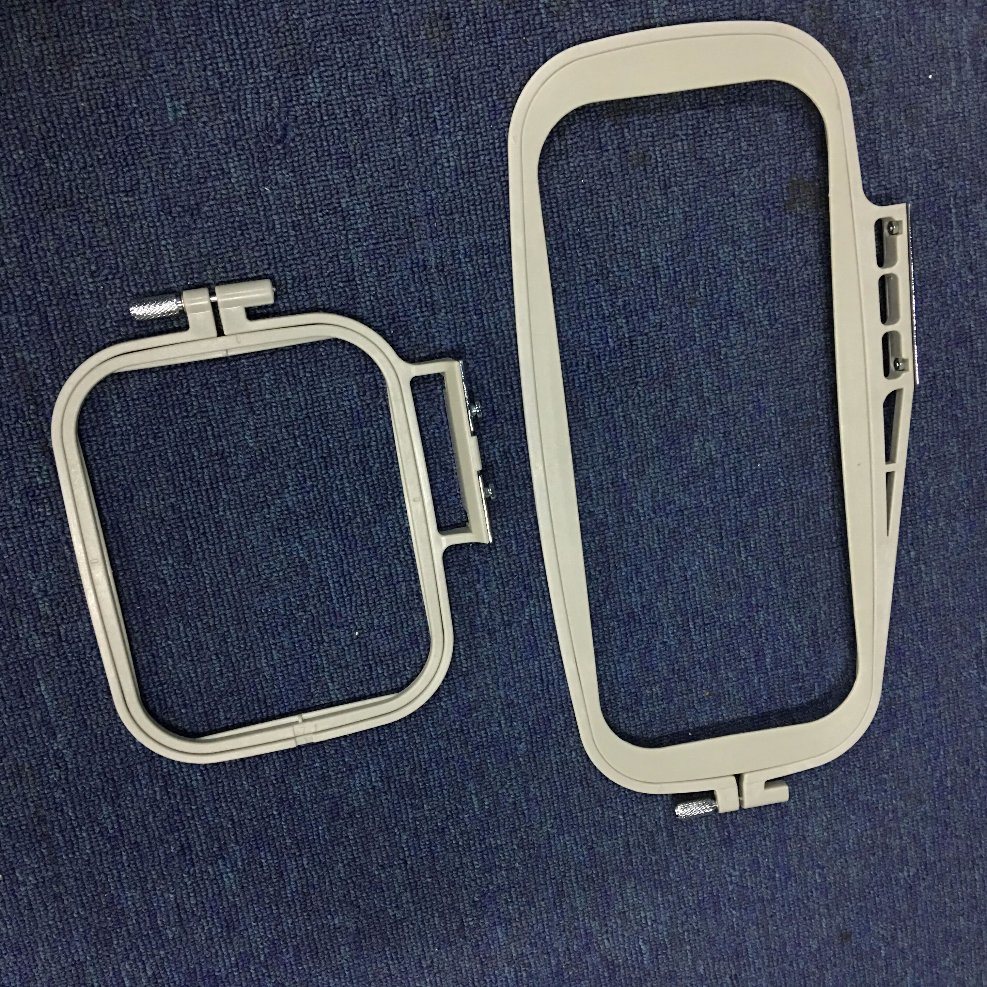
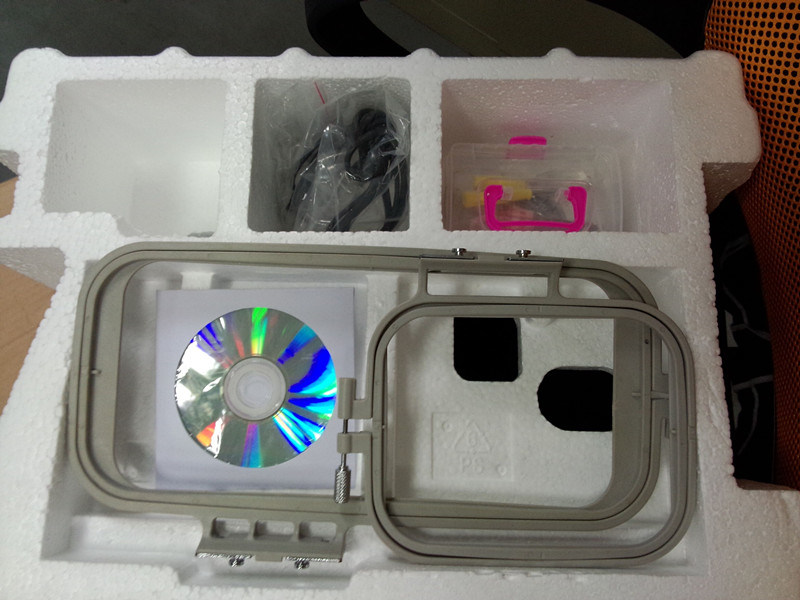

Organic acids refer to some organic compounds that are acidic. The most common organic acid is carboxylic acid (R-COOH), which derives its acidity from carboxyl (-COOH). Sulfonic acid (R-SO3H), sulfonic acid (R-SOOH), thiocyboxylic acid (R-SH) and so on are also organic acids.
Organic acids include natural organic acids and synthetic organic acids. Natural organic acids are mainly extracted and isolated from plants or agricultural and sideline products in nature to obtain organic acids with certain physiological activity, while synthetic organic acids are organic acids obtained by chemical synthesis, enzyme catalysis and microbial fermentation. Natural organic acids are widely distributed in the leaves, roots and especially fruits of Chinese herbal medicines and fruits, such as wumei, schisandra, raspberry, etc., and citric acid, malic acid, tartaric acid and quinine acid are mostly in green plums. Common methods for synthesizing organic acids include the production of citric acid by aspergillus niger fermentation and the production of malic acid by immobilized cell technology.
Organic acids can be reacted with alcohols to form esters. Carboxylic acids are functional groups of carboxylic acids, which, in addition to formic acid (H-COOH), can be seen as derivatives of hydrogen atoms in hydrocarbon molecules that have been replaced by carboxyl groups. Can be expressed in the general formula (Ar) R-COOH. Carboxylic acids are often widely present in nature in the form of free states or in the form of salts and esters. The hydrogen atoms on the hydrocarbon group in the carboxylic acid molecule are substituted by other atoms or atomic groups of derivatives called substituted carboxylic acids. Important substituted carboxylic acids include halogenated acids, hydroxy acids, ketoacids and amino acids. Some of these compounds are involved in the metabolism of animals and plants, some are intermediate products of metabolism, some have significant biological activity, can prevent diseases and cure diseases, and some are raw materials for organic synthesis, industrial and agricultural production and pharmaceutical industry.
Carboxylic Acid,Organic Acids, Acidic Organic Compound,Example For Organic Acid
WUHAN RUISUNNY CHEMICAL CO. LTD , https://www.ruisunny-chem.com
